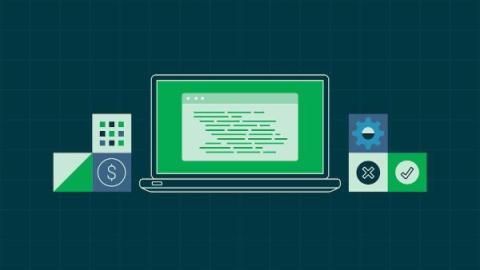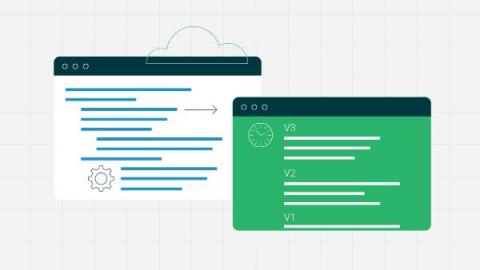Operations | Monitoring | ITSM | DevOps | Cloud
Latest Posts
LLM hallucinations: How to detect and prevent them with CI
What is microservices architecture?
Test-driven development (TDD) explained
Prompt engineering: A guide to improving LLM performance
Prompt engineering is the practice of crafting input queries or instructions to elicit more accurate and desirable outputs from large language models (LLMs). It is a crucial skill for working with artificial intelligence (AI) applications, helping developers achieve better results from language models. Prompt engineering involves strategically shaping input prompts, exploring the nuances of language, and experimenting with diverse prompts to fine-tune model output and address potential biases.
Testing a PyTorch machine learning model with pytest and CircleCI
PyTorch is an open-source machine learning (ML) framework that accelerates the path from research prototyping to production deployment. You can work with PyTorch using regular Python without delving into the underlying native C++ code. It contains a full toolkit for building production-worthy ML applications, including layers for deep neural networks, activation functions and optimizers. It also has associated libraries for computer vision and natural language processing.
Using OpenID Connect (OIDC) for Azure access
CircleCI jobs can use OpenID Connect (OIDC) identity tokens to securely access cloud providers without having to store a static credential in CircleCI. This article describes how to access Azure resources using OpenID Connect (OIDC).
Using Amazon SageMaker orb to orchestrate model deployment across environments
This tutorial guides you on how to use the Amazon SageMaker Orb to orchestrate model deployment to endpoints across different environments. It also shows how to use the CircleCI platform to monitor and manage promotions and rollbacks. It will use an example project repository to walk you through every step, from training a new model package version to deploying your model across multiple environments.
Deploy a containerized .NET Core app to Azure Kubernetes Service (AKS)
Microsoft Azure provides an all-encompassing service that allows you to host Docker containers on the Azure Container Registry (ACR), deploy to a production-ready Kubernetes cluster via the Azure Kubernetes Service (AKS), and more. Using CircleCI, you can automatically deploy updates to your application, providing a safer and more efficient CI/CD process for managing your software. This article shows you how to automate deployments for a.Net application to Azure Kubernetes.
Goodbye, GitOps: Getting to green in an AI-powered world
The cognitive bias known as the streetlight effect describes our desire as humans to look for clues where it’s easiest to search, regardless of whether that’s where the answers are. For decades in the software industry, we’ve focused on testing our applications under the reassuring streetlight of GitOps. It made sense in theory: wait for changes to the codebase made by engineers, then trigger a re-test of your code. If your tests pass, you’re good to go.










